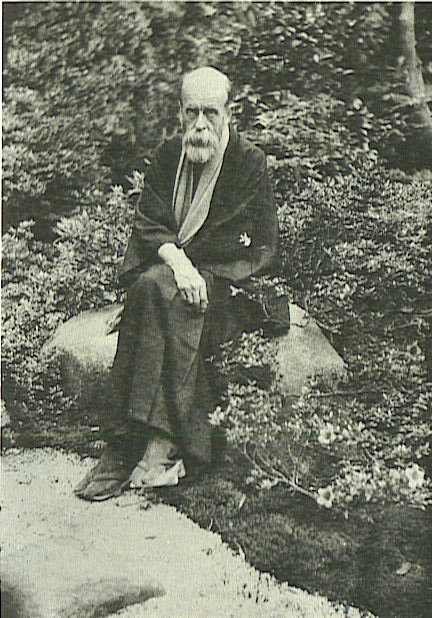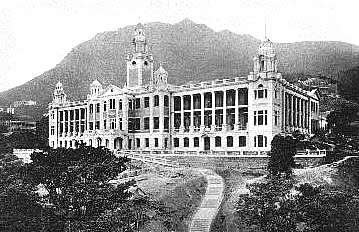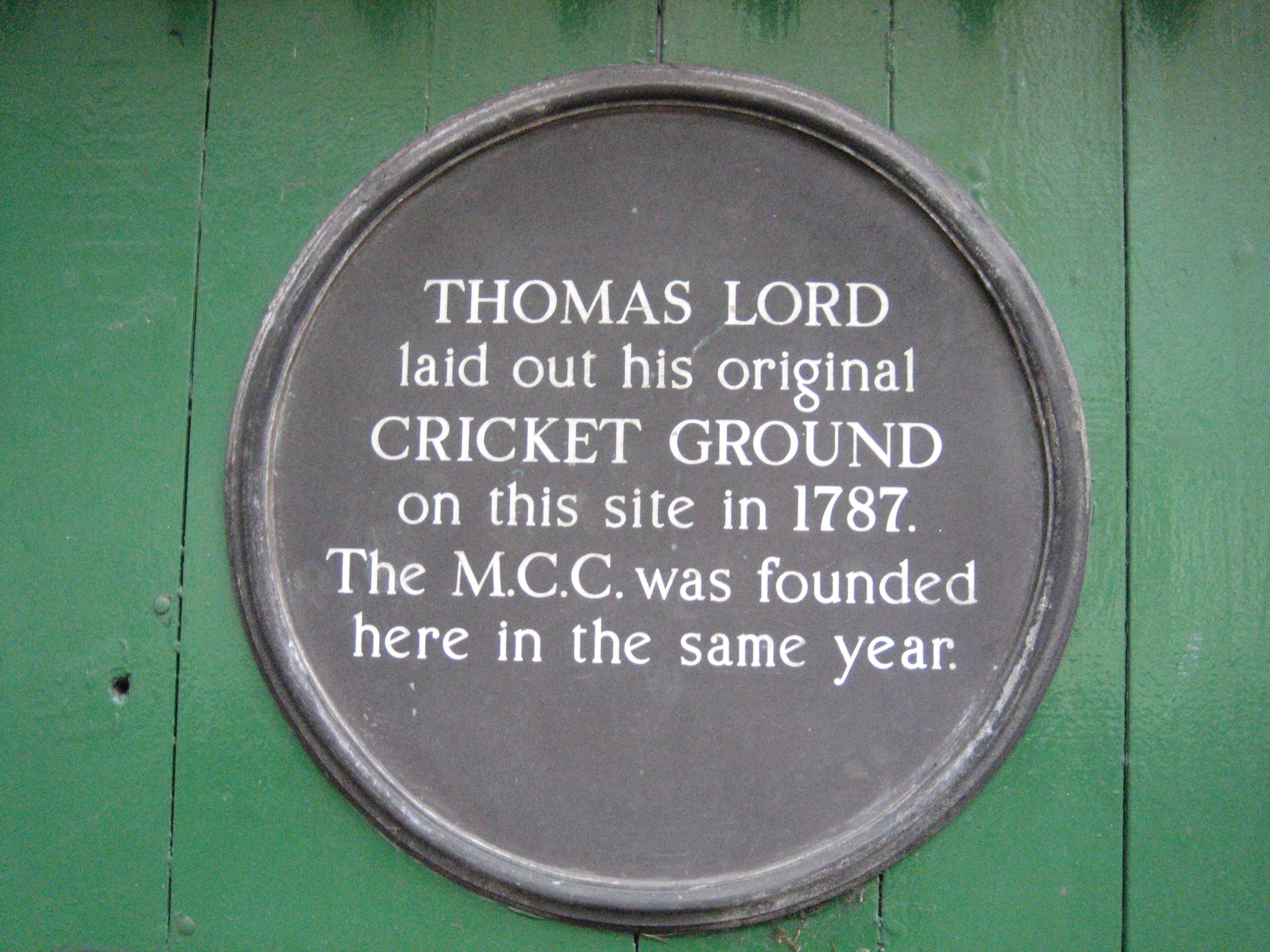|
Richard Ponsonby-Fane
Richard Arthur Brabazon Ponsonby-Fane (8 January 1878 – 10 December 1937) was a British academic, author, specialist of Shinto and Japanologist. Early years Richard Arthur Brabazon Ponsonby was born at Gravesend on the south bank of the Thames in Kent, England to John Henry and Florence Ponsonby. His boyhood was spent in the family home in London and at the Somerset country home, Brympton d'Evercy, of his grandfather, Spencer Ponsonby-Fane."A Biographical sketch of Dr. R. Ponsonby-Fane," ''Studies in Shinto and Shrines,'' p. 517. Ponsonby was educated at Harrow School. He added "Fane" to his own name when he inherited Brympton d'Evercy in 1916 after the deaths of both his grandfather and father. Career In 1896, Ponsonby traveled to Cape Town to serve as Private Secretary to the Governor of the British Cape Colony.Ponsonby-Fane, p. 518. For the next two decades, his career in the British Empire's colonial governments spanned the globe. He worked closely with a number ... [...More Info...] [...Related Items...] OR: [Wikipedia] [Google] [Baidu] |
Governor Of Trinidad And Tobago ...
This article lists governors of Trinidad and Tobago. Governors of Trinidad and Tobago 1889–1962 See also * List of governors of Trinidad * List of governors of Tobago * List of heads of state of Trinidad and Tobago * List of prime ministers of Trinidad and Tobago References * {{British dependencies governors , state= collapsed * Governors Trinidad and Tobago Trinidad and Tobago (, ), officially the Republic of Trinidad and Tobago, is the southernmost island country in the Caribbean. Consisting of the main islands Trinidad and Tobago, and numerous much List of islands of Trinidad and Tobago, small ... [...More Info...] [...Related Items...] OR: [Wikipedia] [Google] [Baidu] |
Prince Takamatsu
was the third son of Emperor Taishō (Yoshihito) and Empress Teimei (Sadako) and a younger brother of Emperor Shōwa (Hirohito). He became heir to the Takamatsu-no-miya (formerly Arisugawa-no-miya), one of the four ''shinnōke'' or branches of the imperial family entitled to inherit the Chrysanthemum throne in default of a direct heir. From the mid-1920s until the end of World War II, Prince Takamatsu pursued a career in the Japanese Imperial Navy, eventually rising to the rank of captain. Following the war, the prince became patron or honorary president of various organizations in the fields of international cultural exchange, the arts, sports, and medicine. He is mainly remembered for his philanthropic activities as a member of the Imperial House of Japan. Early life Nobuhito was born at the Aoyama Palace in Tokyo to then-Crown Prince Yoshihito and Crown Princess Sadako. His childhood appellation was ''Teru-no-miya'' (Prince Teru). Like his elder brothers, Prince Hirohito ... [...More Info...] [...Related Items...] OR: [Wikipedia] [Google] [Baidu] |
Imperial Highness
His/Her Imperial Highness (abbreviation HIH) is a style used by members of an imperial family to denote ''imperial'' – as opposed to ''royal'' – status to show that the holder in question is descended from an emperor rather than a king (compare His/Her Royal Highness). The first dynasty to use the style in Europe on the generic basis were the Romanovs in the eighteenth century; the archdukes and archduchess of the House of Habsburg were only styled as Royal Highness given the officially elective nature of the Holy Roman Empire. With the establishment of the Austrian Empire in 1804, the style of members of its imperial family changed to ''Imperial Highness''. Following the Austro-Hungarian compromise with its creation of two intertwined but distinct states, the Austrian Empire and the Kingdom of Hungary, the style was changed to '' Imperial and Royal Highness'' to reflect the double role; however, the colloquialism of omitting "and Royal" was acceptable even for the mos ... [...More Info...] [...Related Items...] OR: [Wikipedia] [Google] [Baidu] |
Kyoto Imperial Palace
The is the former palace of the Emperor of Japan. Since the Meiji Restoration in 1869, the Emperors have resided at the Tokyo Imperial Palace, while the preservation of the Kyoto Imperial Palace was ordered in 1877. Today, the grounds are open to the public, and the Imperial Household Agency hosts public tours of the buildings several times a day. The Kyoto Imperial Palace is the latest of the imperial palaces built at or near its site in the northeastern part of the old capital of Heian-kyō (now known as Kyoto) after the abandonment of the larger original Heian Palace that was located to the west of the current palace during the Heian period. The Palace lost much of its function at the time of the Meiji Restoration, when the capital functions were moved to Tokyo in 1869. However, Emperor Taishō and Shōwa still had their enthronement ceremonies at the palace. Layout The Palace is situated in the , a large rectangular enclosure north to south and east to west. It also ... [...More Info...] [...Related Items...] OR: [Wikipedia] [Google] [Baidu] |
Hirohito
Emperor , commonly known in English-speaking countries by his personal name , was the 124th emperor of Japan, ruling from 25 December 1926 until his death in 1989. Hirohito and his wife, Empress Kōjun, had two sons and five daughters; he was succeeded by his fifth child and eldest son, Akihito. By 1979, Hirohito was the only monarch in the world with the title "emperor". He was the longest-reigning historical Japanese emperor and one of the longest-reigning monarchs in the world. Hirohito was the head of state under the Meiji Constitution during Japan's imperial expansion, militarization, and involvement in World War II. Japan waged a war across Asia in the 1930s and 40s in the name of Hirohito, who was revered as a god. After Japan's surrender, he was not prosecuted for war crimes, as General Douglas MacArthur thought that an ostensibly cooperative emperor would help establish a peaceful Allied occupation, and help the U.S. achieve their postwar objectives. His role dur ... [...More Info...] [...Related Items...] OR: [Wikipedia] [Google] [Baidu] |
Crown Colony
A Crown colony or royal colony was a colony administered by The Crown within the British Empire. There was usually a Governor, appointed by the British monarch on the advice of the UK Government, with or without the assistance of a local Council. In some cases, this Council was split into two: an Executive Council and a Legislative Council, and was similar to the Privy Council that advises the Monarch. Members of Executive Councils were appointed by the Governors, and British citizens resident in Crown colonies either had no representation in local government, or limited representation. In several Crown colonies, this limited representation grew over time. As the House of Commons of the British Parliament has never included seats for any of the colonies, there was no direct representation in the sovereign government for British subjects or citizens residing in Crown colonies. The administration of Crown colonies changed over time and in the 1800s some became, with a loose ... [...More Info...] [...Related Items...] OR: [Wikipedia] [Google] [Baidu] |
University Of Hong Kong
The University of Hong Kong (HKU) (Chinese: 香港大學) is a public university, public research university in Hong Kong. Founded in 1887 as the Hong Kong College of Medicine for Chinese, it is the oldest Higher education in Hong Kong, tertiary institution in Hong Kong. HKU was also the first university established by the British in East Asia. As of December 2022, HKU ranks 21st internationally and third in Asia by ''QS World University Rankings, QS'', and 31st internationally and fourth in Asia by ''Times Higher Education''. It has been ranked as the most international university in the world as well as one of the most prestigious universities in Asia. Today, HKU has ten academic faculties with English as the main language of instruction. The University of Hong Kong was also the first team in the world to successfully isolate the coronavirus Severe acute respiratory syndrome coronavirus, SARS-CoV, the causative agent of SARS. History Founding The origins of The Universit ... [...More Info...] [...Related Items...] OR: [Wikipedia] [Google] [Baidu] |
Marylebone Cricket Club
Marylebone Cricket Club (MCC) is a cricket club founded in 1787 and based since 1814 at Lord's Cricket Ground, which it owns, in St John's Wood, London. The club was formerly the governing body of cricket retaining considerable global influence. In 1788, the MCC took responsibility for the laws of cricket, issuing a revised version that year. Changes to these Laws are now determined by the International Cricket Council (ICC), but the copyright is still owned by MCC. When the ICC was established in 1909, it was administered by the secretary of the MCC, and the president of MCC automatically assumed the chairmanship of ICC until 1989. For much of the 20th century, commencing with the 1903–04 tour of Australia and ending with the 1976–77 tour of India, MCC organised international tours on behalf of the England cricket team for playing Test matches. On these tours, the England team played under the auspices of MCC in non-international matches. In 1993, its administrativ ... [...More Info...] [...Related Items...] OR: [Wikipedia] [Google] [Baidu] |
First-class Cricket
First-class cricket, along with List A cricket and Twenty20 cricket, is one of the highest-standard forms of cricket. A first-class match is one of three or more days' scheduled duration between two sides of eleven players each and is officially adjudged to be worthy of the status by virtue of the standard of the competing teams. Matches must allow for the teams to play two innings each, although in practice a team might play only one innings or none at all. The etymology of "first-class cricket" is unknown, but it was used loosely before it acquired official status in 1895, following a meeting of leading English clubs. At a meeting of the Imperial Cricket Conference (ICC) in 1947, it was formally defined on a global basis. A significant omission of the ICC ruling was any attempt to define first-class cricket retrospectively. That has left historians, and especially statisticians, with the problem of how to categorise earlier matches, especially those played in Great Britain ... [...More Info...] [...Related Items...] OR: [Wikipedia] [Google] [Baidu] |
Governor Of Fiji
Fiji was a British Crown colony from 1874 to 1970, and an independent dominion in the Commonwealth from 1970 to 1987. During this period, the head of state was the British monarch, but in practice his or her functions were normally exercised locally by the governor prior to independence (on 10 October 1970), and by the governor-general prior to the proclamation of a republic on 7 October 1987. Note that from 1877 to 3 July 1952, governors of Fiji were also high commissioners for the Western Pacific. List of governors of Fiji (1874–1970) Following is a list of people who have served as governor of Fiji. In 1970, Fiji gained independence from the United Kingdom. After independence, the viceroy in Fiji was the governor-general of Fiji. Governor's flag Further reading * Paul Knaplund, "Sir Arthur Gordon and Fiji: Some Gordon-Gladstone Letters." ''Historical Studies: Australia and New Zealand'' 8#31 (1958) pp 281–296. See also * Governor-General of Fiji *List of heads of ... [...More Info...] [...Related Items...] OR: [Wikipedia] [Google] [Baidu] |

.jpg)


